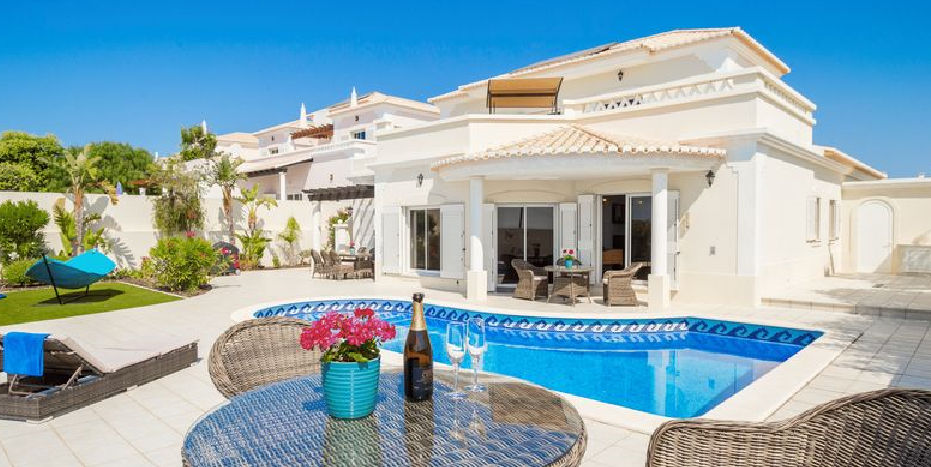
The US financial agency S&P has predicted a 9.5 percent increase in Portuguese property prices this year, thanks to a combination of national and international property demand and a distinct shortage of housing.
The rating agency has found that Portugal, along with Ireland, is expected to see the sharpest increases in property prices in comparison to all other European countries.
The findings have been published in the European Housing Market Report by S&P in which the agency has analysed real estate prices in Belgium, France, Germany, Ireland, Italy, Holland, Portugal, Spain, Switzerland and the United Kingdom.
According to a report by The Portugal News: S&P predicts only in the UK will prices remain unchanged this year, with increases in all other cases; up until 2021, Portugal will remain among the countries with the highest increases.
As a result of strong demand, both domestic and international, together with supply shortages, prices are expected to increase by 9.5 percent this year, slowing down to seven percent in 2019, six percent in 2020 and 5 percent in 2021. This, after last year, having already increased by 10.5 percent, and another 7.7 percent in 2016.
Nonetheless, S&P believes that the Portuguese market “remains affordable”, with “a price-earnings ratio still seven percent below the long-term average”.
In any case, S&P points out, “limited supply coupled with strong domestic and external demand is fuelling house price inflation”.
Bolstering this demand is “robust economic growth, job creation and low interest rates” as well as falling unemployment and “special incentives” such as the granting of golden visas and the programme for non-residents.
In this context, the agency anticipates that Portugal’s economic growth will remain “solid” this year, despite a slowdown compared to 2017, pointing to an increase of 2.3 percent of GDP.
Thus, the Portuguese real estate market should “remain dynamic over the next few years, supported by job creation and increased incomes, as well as by external demand”, S&P concluded.
The gap between supply and demand is also expected to continue over the next few years. This is because the number of properties under construction is increasing, but still small, so it will likely not keep pace with the growth of demand.



